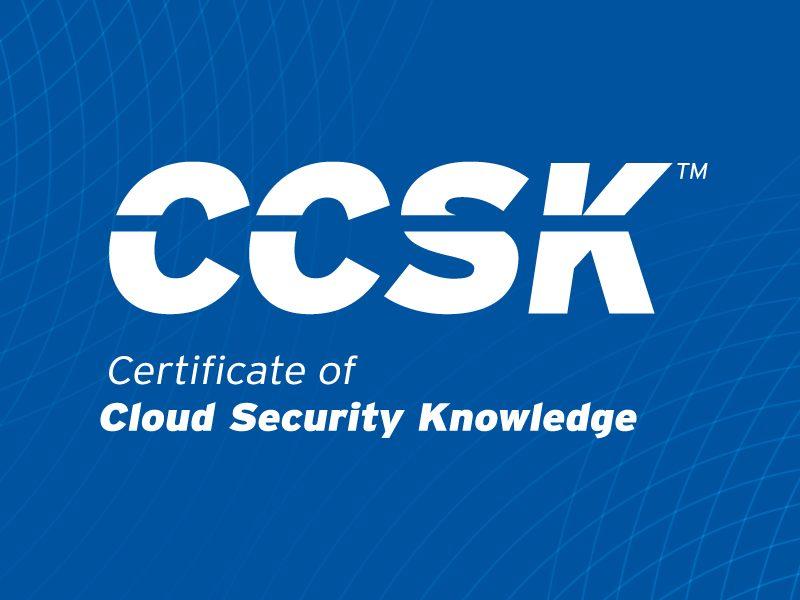MFA Made Easy: 8 Best Practices for Seamless Authentication Journeys
Published 07/02/2025
Written by Anastasios Arampatzis.
Multi-Factor Authentication (MFA) is a core part of compliance and Zero Trust security strategies. Yet, many organizations still struggle with deploying it across diverse user groups—employees, partners, and customers. The lack of MFA adoption often stems from the poor user experience, leaving organizations vulnerable to phishing attacks and data breaches. There’s a common perception that there’s too much burden placed on the end user to protect their data; a sub-optimal approach has serious business implications.
The outcomes aren’t just limited to internal workforce users. Nearly 20% of customers end up being informed that their personal data has been compromised, and on the other hand, negative experiences with security solutions can drive support requests. These risks, along with potential fallout from breaches, can be mitigated by adopting and deploying MFA that delivers security with a frictionless user experience.
This guide highlights proven practices that will help IT teams to successfully introduce MFA. It also addresses serious challenges like the growing complexity of hybrid IT and diverse user ecosystems, as well as our duty to help prevent AI-enabled phishing, credential stuffing, and identity-based attacks.
8 Best Practices for Seamless Authentication Journeys
1. Know Your Users and Their Contexts
Modern cybersecurity “assumes breach”, and breaches have different impacts depending on user roles and what data and workloads they have access to. MFA providers should be able to continuously evaluate shared signals to access user and session risk(s) and then adapt security requirements based on behavior, location, and device. For instance, a contractor using their child’s PC to access sensitive resources shouldn’t be trusted to access. The same goes for instances of impossible travel.
It’s also important to tailor MFA policies by user group (e.g., workforce, contractors, customers) in order to make intelligent authentication decisions. Engineers accessing crucial systems may be prompted to step up their authentication strength to a phishing-resistant credential, while customers may be offered to enroll a passkey to make their interaction with your service(s) safer and more seamless. Authentication policies that assess context and risk outperform a one-size-fits-all approach.
The next section explores those practices in greater detail and provides some real-world examples.
2. Offer Flexible Authenticator Options
Flexible options for authentication methods are a significant part of what makes frictionless MFA possible. Look for Identity Providers (IdPs) or access management solutions that support biometrics, FIDO2 security keys, OTP apps, push notifications, and smart cards. Most access management vendors just offer the back-end, often forcing you to use a mobile authenticator. But if your solution provider happens to also produce and supply these multiple authentication form factors, it can drastically improve your speed of deployment. You can create authentication policies for specific roles while simultaneously providing physical access control to secure buildings and sites. MFA should drive operational efficiency and productivity while providing the level of security you require.
Customers or consumers also have preferences for what works for them and frequently encounter long sign-up processes. Enabling users to choose from a portfolio of authenticators that match their needs and preferences is a great way to foster brand loyalty while being a trusted custodian of customer data.
3. Implement Adaptive and Risk-Based MFA
You can further reduce burden on your users by trusting low-risk log-ins while having an automated playbook ready to respond with prompts for step-up authentication when risk indicators are triggered. Security vendors are adopting frameworks that leverage shared signals and gather contextual intelligence: geolocation, IP reputation, time of access, and device trust in order to evaluate risks. The combination of adaptive and risk-based MFA is another core pillar that delivers frictionless MFA.
4. Go Passwordless Where Possible
The aforementioned risks of more sophisticated phishing tactics and identity-based attacks can be mitigated by going passwordless whenever possible. Frustrations with managing passwords lead to insecurity and inconvenience. Identity thieves rely upon these anti-patterns through attacks like credential stuffing and can even defeat low-strength authentication methods such as SMS.
You can prevent these criminals from succeeding by combining MFA with passwordless approaches using biometrics or passkeys that generate a device-bound credential that takes advantage of features that are built into most smart devices. It also delivers a better UX that increases user acceptance and compliance.
The bottom line is that businesses shouldn’t stop at basic security. Integrate phishing-resistant authentication methods like FIDO2 into your access control strategy to protect against modern threats and deliver a frictionless user experience. These technologies don’t just block attacks — they can strengthen your brand by making trust and convenience part of the first impression.
5. Centralize MFA Policies Across Apps
Centralized MFA policies reduce IT’s administrative overhead by eliminating identity silos. Your IdP should offer access management and MFA across SaaS, cloud, and on-prem apps. Embrace simplicity and use a single platform to control access to all apps, with the right policy. Unifying your access control streamlines policy management while addressing the complexity of working with hybrid infrastructures.
6. Ensure Seamless Integration with Identity Providers and Apps
An IdP should support all relevant protocols and integrate with other ‘sources of truth’ about users, like HR systems or legacy enterprise directories. Relevant protocols aren’t limited to web and smartphone apps that use SAML or OpenID Connect. Legacy authentication protocols like Windows (Kerberos) authentication are still relevant. A unified IdP eliminates the need for point solutions but should have the flexibility to federate with existing IdPs and move users around with SCIM for rapid onboarding. Having all the details in one place helps to make better and more adaptive authentication decisions.
7. Monitor, Audit, and Continuously Improve
How will you know whether your MFA campaigns are succeeding? Use analytics to track MFA adoption, failed logins, and high-friction points. These helpful data points will keep you on track, assist with identifying pain points, and are easy for corporate executives to comprehend. It’s also not an all-or-nothing proposition… you can be iterative in your approach. Run periodic UX testing and refine enrollment or login processes accordingly. That way, you’ll be accountable to your users while achieving your mandates.
8. Prioritize Accessibility and Inclusivity
Businesses have strong reasons—both ethical and practical—to care about providing accommodations for users with disabilities or limited tech access. Providing flexibility in picking MFA methods is one way to help your users pick what works best for their abilities and access. Telemetry from adaptive MFA evaluates user risk in real-time, so somebody logging in from a trusted location or device will experience less friction. Accessibility is legally required in reason regions (e.g., ADA in the U.S., EN 301 549 in the EU).
An IdP that offers accessible language also increases MFA adoption and reduces support tickets due to misunderstanding or login failures. Users also possess a variety of devices (not all are new). Broad compatibility ensures that no one is locked out due to hardware limitations. It’s also important to support use cases where there’s low or no bandwidth, like factory workers or rural users. Having the appropriate mix of authentication methods and intelligence in place for access decision ensures that nobody is left out. Expecting first-responders or healthcare workers to be carrying smartphones for authenticating to different systems only creates barriers to adoption.
Future-Ready Authentication with MFA
Your IdP should provide optionality for your team to deliver security without compromising usability. In fact, frictionless MFA often sells for itself once users experience it. Outdated authentication methods like passwords or rigid MFA are not just inconvenient—they’re a risk to accessibility, business resilience, and security. Businesses should modernize authentication strategies to stay ahead of their competition while ensuring all stakeholders are compliant and protected and using MFA solutions that work for them.
About the Author
 Anastasios Arampatzis is a cybersecurity content strategist, writer, and consultant with expertise in cybersecurity, digital identity, and regulatory compliance. He has a strong background in creating thought leadership content, marketing materials, and strategic communications tailored to CISOs, security professionals, and business leaders. He has contributed to various cybersecurity publications and collaborates with organizations to develop compelling, insightful content that addresses industry challenges.
Anastasios Arampatzis is a cybersecurity content strategist, writer, and consultant with expertise in cybersecurity, digital identity, and regulatory compliance. He has a strong background in creating thought leadership content, marketing materials, and strategic communications tailored to CISOs, security professionals, and business leaders. He has contributed to various cybersecurity publications and collaborates with organizations to develop compelling, insightful content that addresses industry challenges.
Unlock Cloud Security Insights
Subscribe to our newsletter for the latest expert trends and updates
Related Articles:
Why Agentic AI Matters for the Future of Cybersecurity
Published: 01/06/2026
IaC Security in the Age of AI: New Threats, Smarter Solutions
Published: 01/05/2026
Is Cloud-Native Key Management Right for You?
Published: 12/19/2025
Enhancing the Agentic AI Security Scoping Matrix: A Multi-Dimensional Approach
Published: 12/16/2025





.png)
.jpeg)
.jpeg)
.jpeg)
.jpeg)